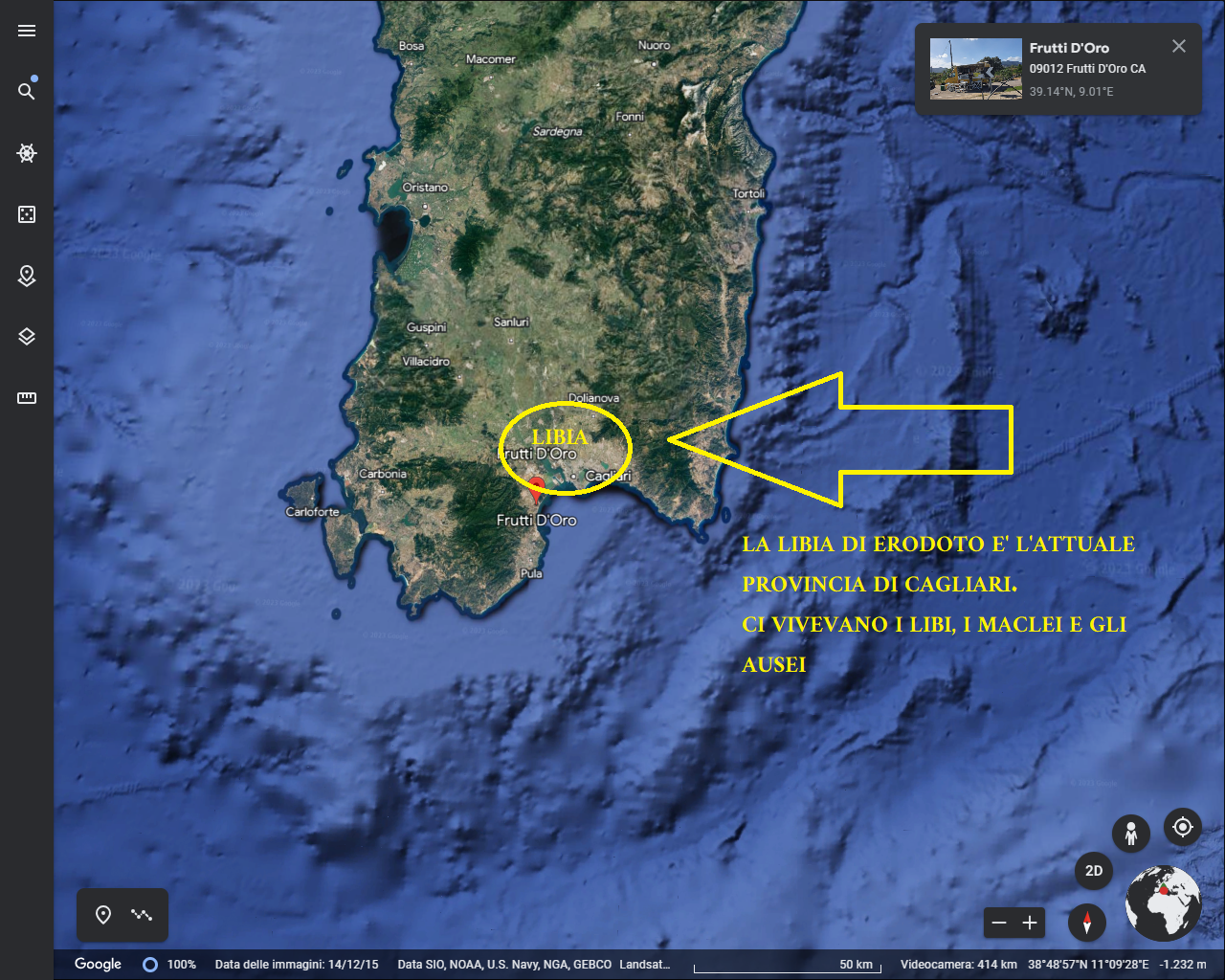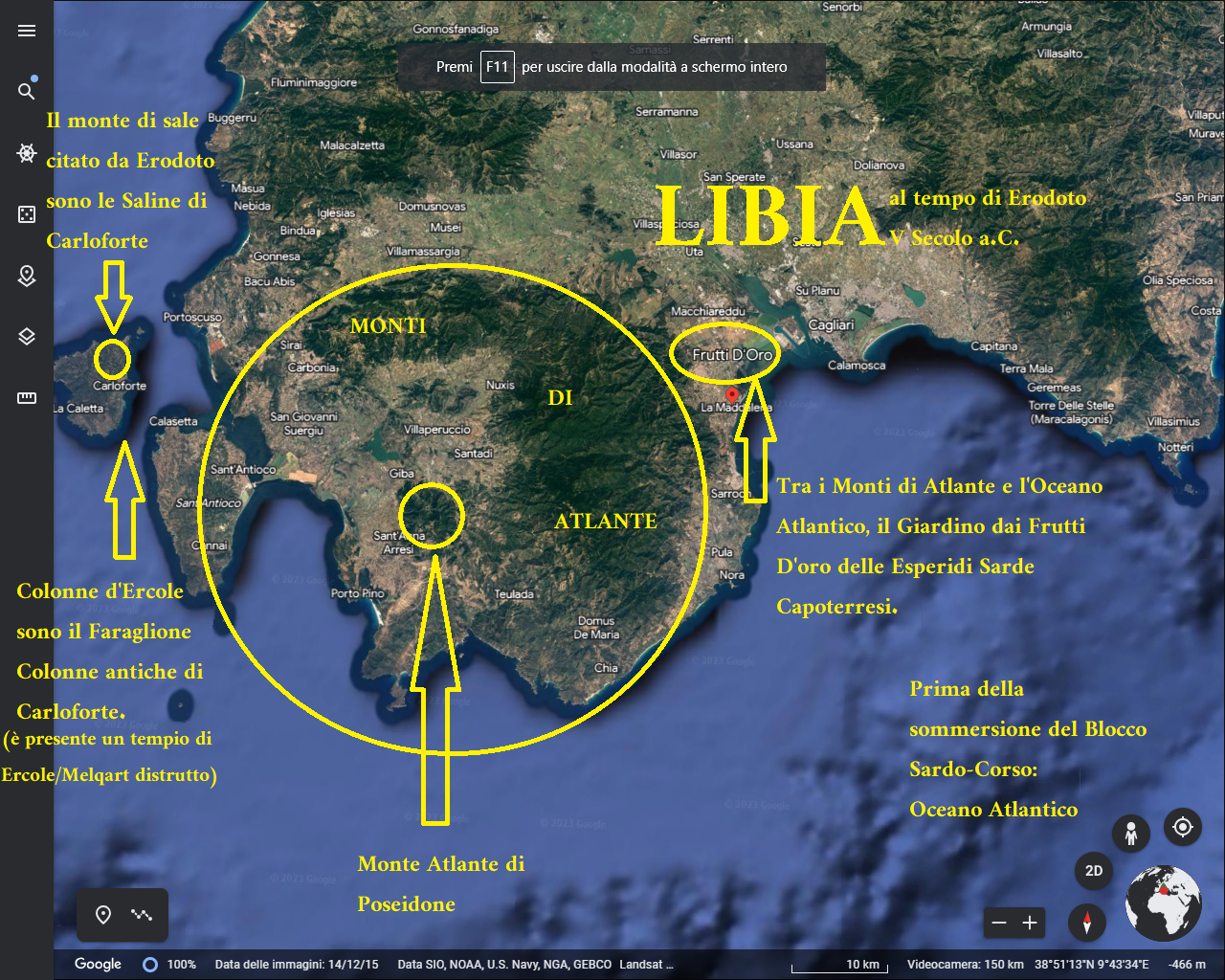18 July 2023: Definitive location of the Pillars of Hercules as mentioned by Sonchis di Sais by Luigi Usai, Quartucciu (CA)
On today’s date the definitive location with the archaeological evidence of the Pillars of Hercules and the remains of a Phoenician-Punic temple just a few tens of meters away. Before making all the documentation public, I publish the book containing the discovery that validates the following information in a scientific way:
- localization of the exact position with archaeological remains of the Pillars of Hercules and the adjoining temple; I want to officially thank Prof. Sergio Frau here for his incredible and positive contributions to human knowledge;
- localization of the location of the semi-submerged legendary island of Atlantis;
- generic location of the Garden of the Hesperides (I don’t have the capital to carry out analyzes with LIDAR by air);
- localization of the two Sirtis, one major and one minor (Gulf of Cagliari is Sirte Maggiore, Gulf of S. Antioco is Sirte Minore, according to my current knowledge);
- localization of Lake Tritonide (Stagno di Molentargius);
- approximate location of Gadirica, to be confirmed with the help of expert scholars and archaeologists;
- the ancient cartography relating to Sardinia was all wrong: the Sulcis Mountains in the 5th century BC were called Atlas Mountains; the sea around the Sardinian-Corsican geological block was called the Atlantic Ocean; the Garden of the Hesperides was located in Frutti D’Oro of Capoterra, located exactly between the Atlas Mountains and the Atlantic Ocean in the 5th century BC; it will be necessary to recreate the ancient cartographies for all the existing books in the world, which are all wrong and inaccurate;
- at the moment, on July 18, 2023 at 1:59 pm, this is the most I’ve been able to do. I hope I can do better later. Before making the book that narrates these discoveries, I absolutely have to sleep for a few hours, emotion plays tricks on me.

The Columns of Carloforte: A fascinating archaeological and geological discovery connected to the mysterious Pillars of Hercules of antiquity
Introduction: The Columns of Carloforte, a fascinating complex of stacks located on the southern tip of the island of San Pietro, Sardinia, have always fascinated scholars and visitors for their majesty and beauty. Recently, new archaeological and geological discoveries have revealed a connection between these incredible natural formations and the legendary Pillars of Hercules of antiquity. This article explores the geological characteristics of the Carloforte Columns, ancient legends and recent archaeological research, providing a comprehensive perspective on their historical and scientific importance.
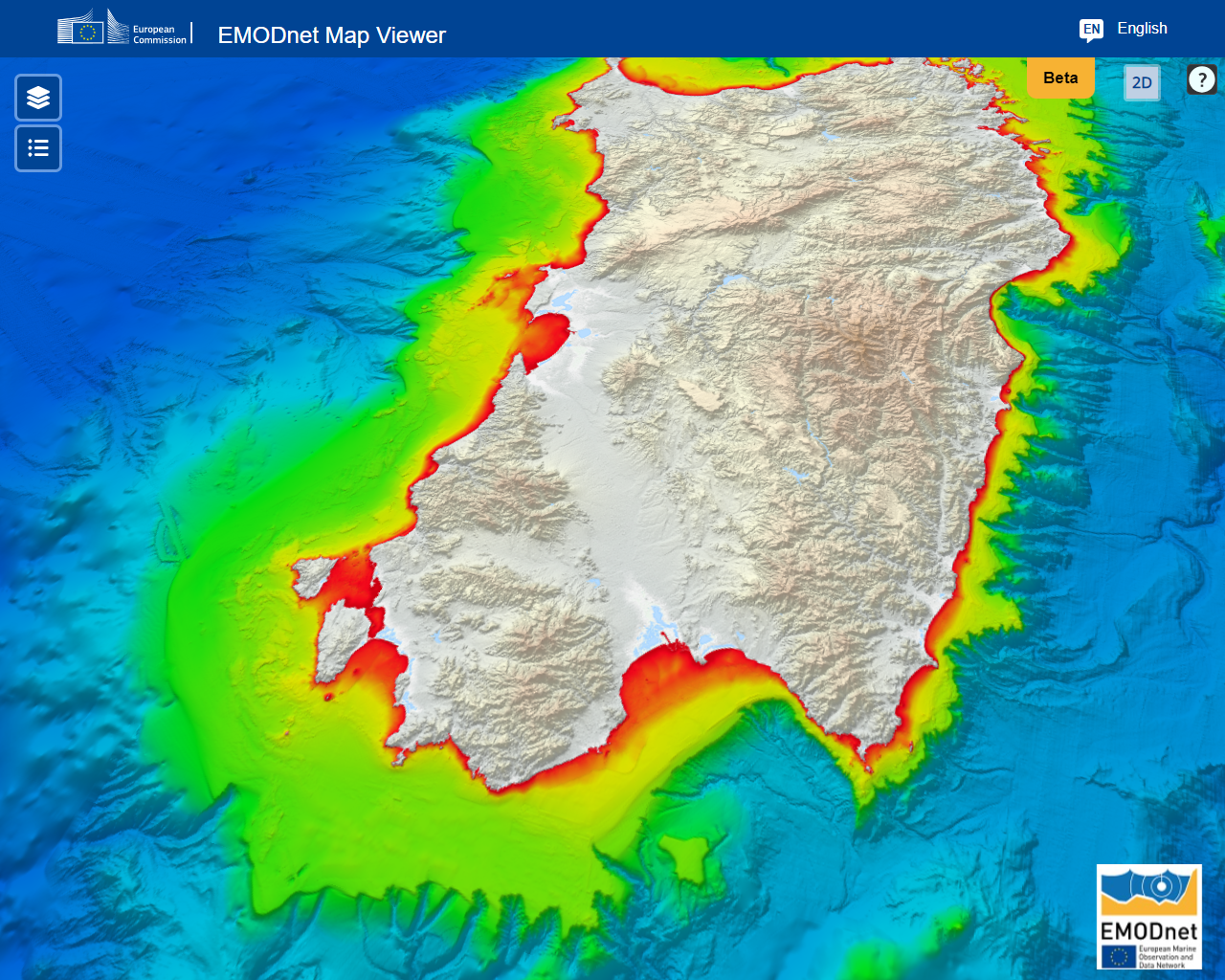
Geological characteristics of the Colonne di Carloforte: The Colonne di Carloforte, known over the millennia as Pillars of Hercules, consist of rhyolitic ignimbrite, a type of volcanic rock formed by pyroclastic flows during the Oligo-Miocene period. This rock has a sub-horizontal position and a columnar crack that has developed over thousands of years thanks to the action of marine erosion. Waves eroded the rock more easily along cooling-joint surfaces and tectonic fractures, thus creating the characteristic pillar shape of the Carloforte Columns. These columns of Carloforte were called by the Greeks of the 5th century BC Pillars of Hercules; they delimited the limit of the world then known for two reasons: one, that the semi-submersion of the Sardinian-Corsican geological block, which probably occurred in several phases, generated shallow and muddy seabeds caused by the backwash that eroded the Sardinian-Corsican paleocoast,
The Pillars of Carloforte or Pillars of Hercules explain why in Tire King Hiram had a bridge built to connect the two islands that formed the city of Tyre: King Hiram was trying to recreate a copy of the islands of Carloforte and Sant’Antioco from Sardinia, between which there was the entrance to a narrow port which gave access to an island, which the Egyptian high priest of the Saitic region, Sonchis of Sais, had called “Atlantis” in his story to Solon, who was visiting on a study and perhaps commercial trip in Egypt in about 590 BC, as later also told by Plutarch in the “Life of Solon”.

The legends of the Pillars of Hercules: The Pillars of Carloforte have a cultural interest which is also reflected in the legends that surround them. They have been called “Pillars of Hercules”, a mythological figure of classical antiquity. According to Greek mythology, Hercules (Hercules in Latin) was a demigod and famous for his twelve works. The Pillars of Hercules were traditionally considered the pillars or mountains that marked the boundary between the known and unknown worlds, beyond which lay the mysterious domains of the deities. This association makes the Colonne di Carloforte a site of unique historical and mythological interest.
New archaeological discoveries: Recent archaeological research has revealed the presence of a Roman necropolis in the nearby town of Spalmatore di Fuori. The finds of material culture and the Dolio and Capuchin burials indicate a significant human presence in this region during antiquity. Furthermore, the remains of a Phoenician-Punic temple have been identified at Punta del Morto, providing further evidence of the historical importance of this area.

The scientific and tourist value of the Colonne di Carloforte: The beauty and geological peculiarity of the Colonne di Carloforte make them a tourist destination of great attraction. Their unique appearance, with the rock pillar structure emerging from the sea, attracts visitors from all over the world. However, it is essential to protect this area from any damage caused by the influx of tourists and pollution.
Furthermore, the scientific research conducted on the Carloforte Columns provides a valuable study opportunity for geology and archeology experts. Studying the formation and evolution of these massive volcanic structures offers a unique perspective on the geological history of the region. The investigation of the archaeological discoveries provides a window into the life and activities of the ancient inhabitants of this area.
Throughout history, it has been erroneously argued that the Pillars of Hercules, two famous columns that marked the edge of the known world in antiquity, were positioned in specific locations: one on the Rock of Gibraltar, on the Calpe promontory, located in Europe , and the other on the opposite side, precisely on the promontory of Abila in Mauritania, Africa.
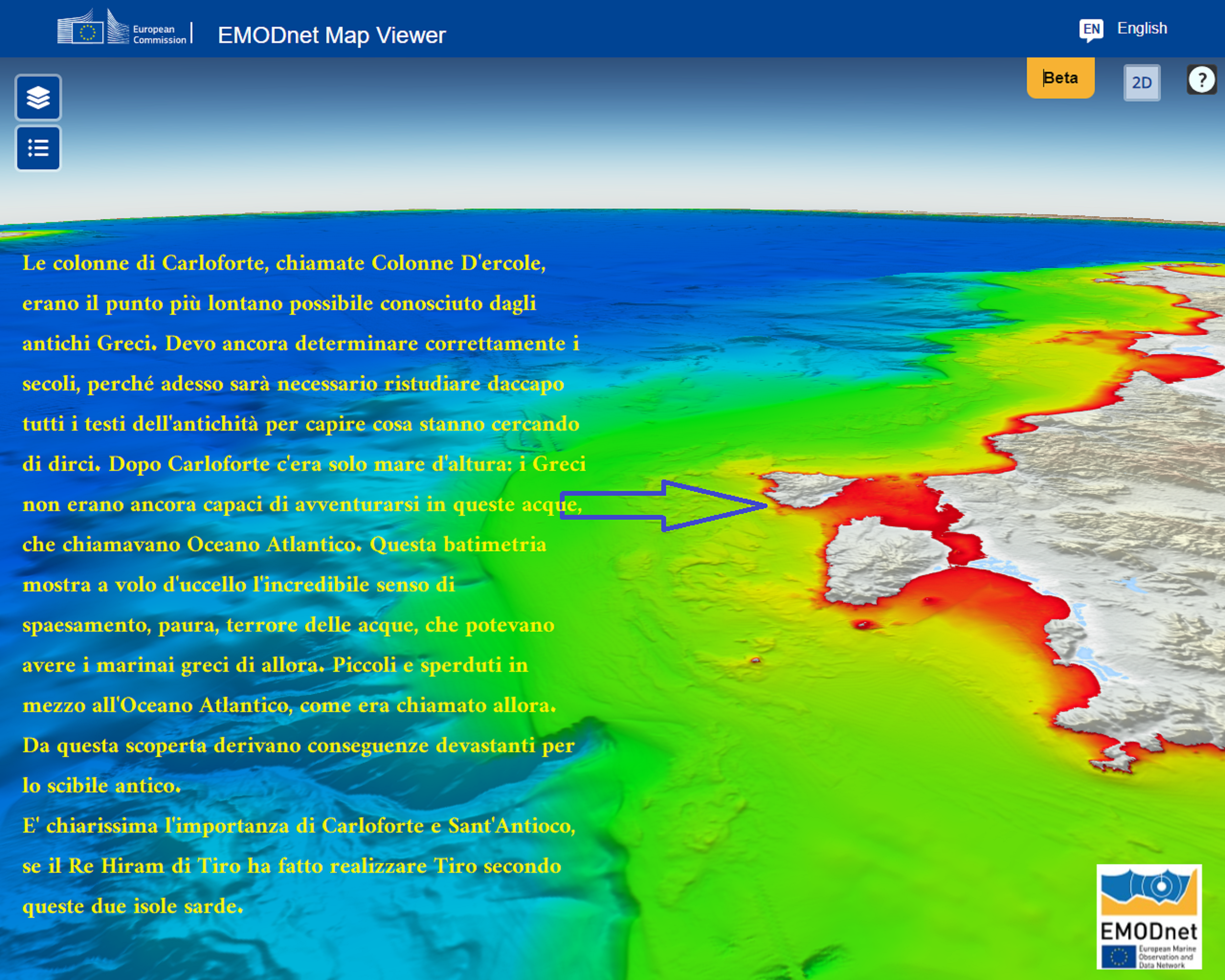
However, recent archaeological discoveries and research have allowed the writer Dr. Luigi Usai to understand that the real Pillars of Hercules are found in another location. The Pillars of Hercules are actually located between Carloforte and Sant’Antioco, in what is now Sardinia. This fascinating discovery was possible thanks to various factors:
1) the archaeological evidence which identified the Faraglioni of Carloforte as the real sites which once marked the extreme western limit of the world known to the ancient Greeks.
2) to the affirmations of the Dear Professor Alfonso Stiglitz, who treated extensively
These imposing stacks, known over the millennia as Pillars of Hercules, stand majestically on the southern tip of the island of San Pietro, Sardinia. The geological characteristics of these natural formations, made up of rhyolitic ignimbrite with sub-horizontal arrangement and columnar fissures, make them a true spectacle of nature.
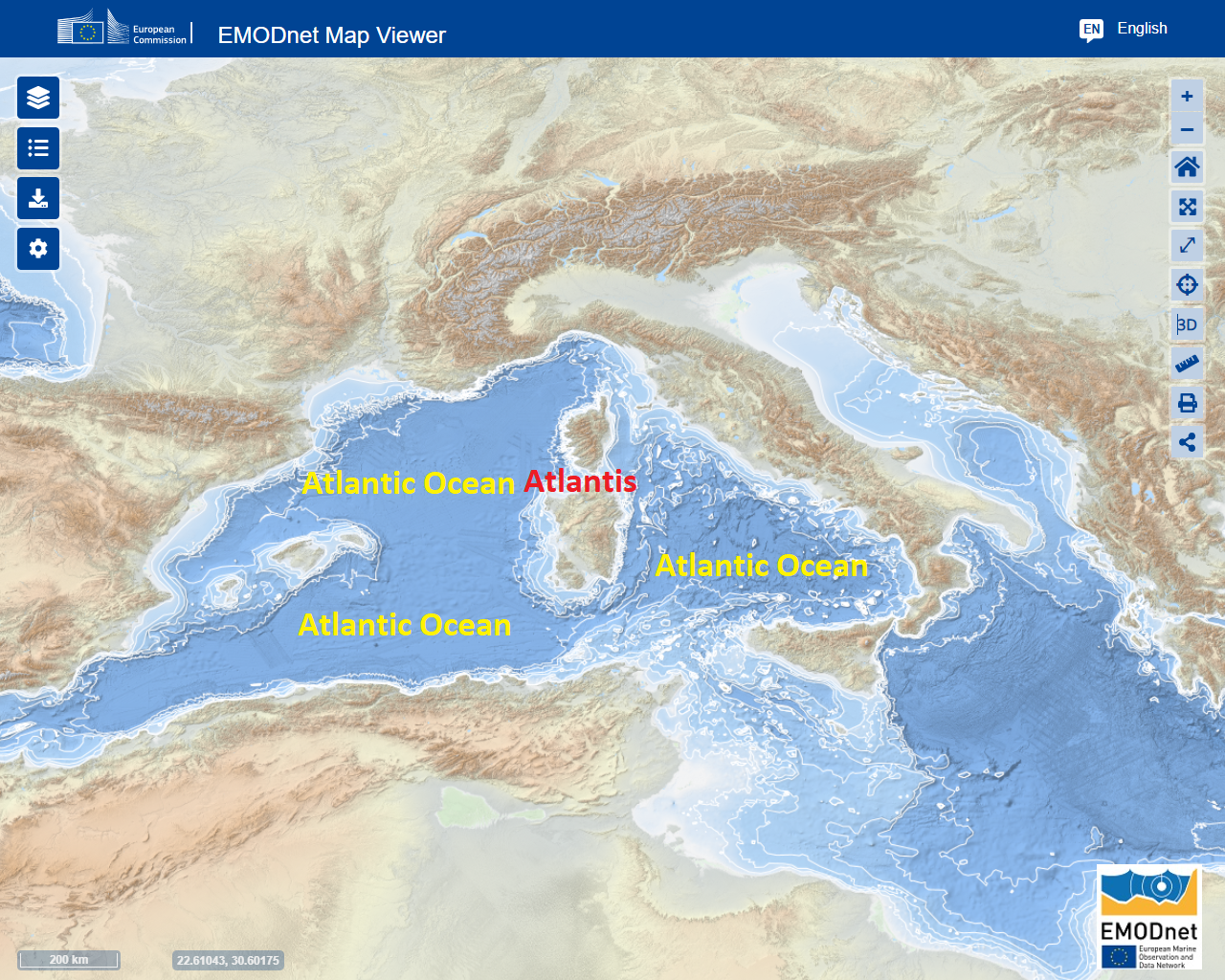
The mythological figure of Hercules and the legends associated with the Pillars have certainly stimulated the imagination of many, but their exact geographical location has finally been resolved thanks to these new archaeological discoveries. The Pillars of Hercules between Carloforte and Sant’Antioco now represent the exact historical point where the world known to the ancient Greeks ended, symbolizing the extreme limit of human exploration at the time.
In conclusion, the history of the Pillars of Hercules has been clarified, demonstrating that the rock of Gibraltar and the promontory of Abila in Mauritania are not the legendary places of these famous columns. The truth is hidden among the evocative Faraglioni of Carloforte and Sant’Antioco in Sardinia , a cultural and historical heritage that connects us with the past and helps us understand the vastness of ancient knowledge.
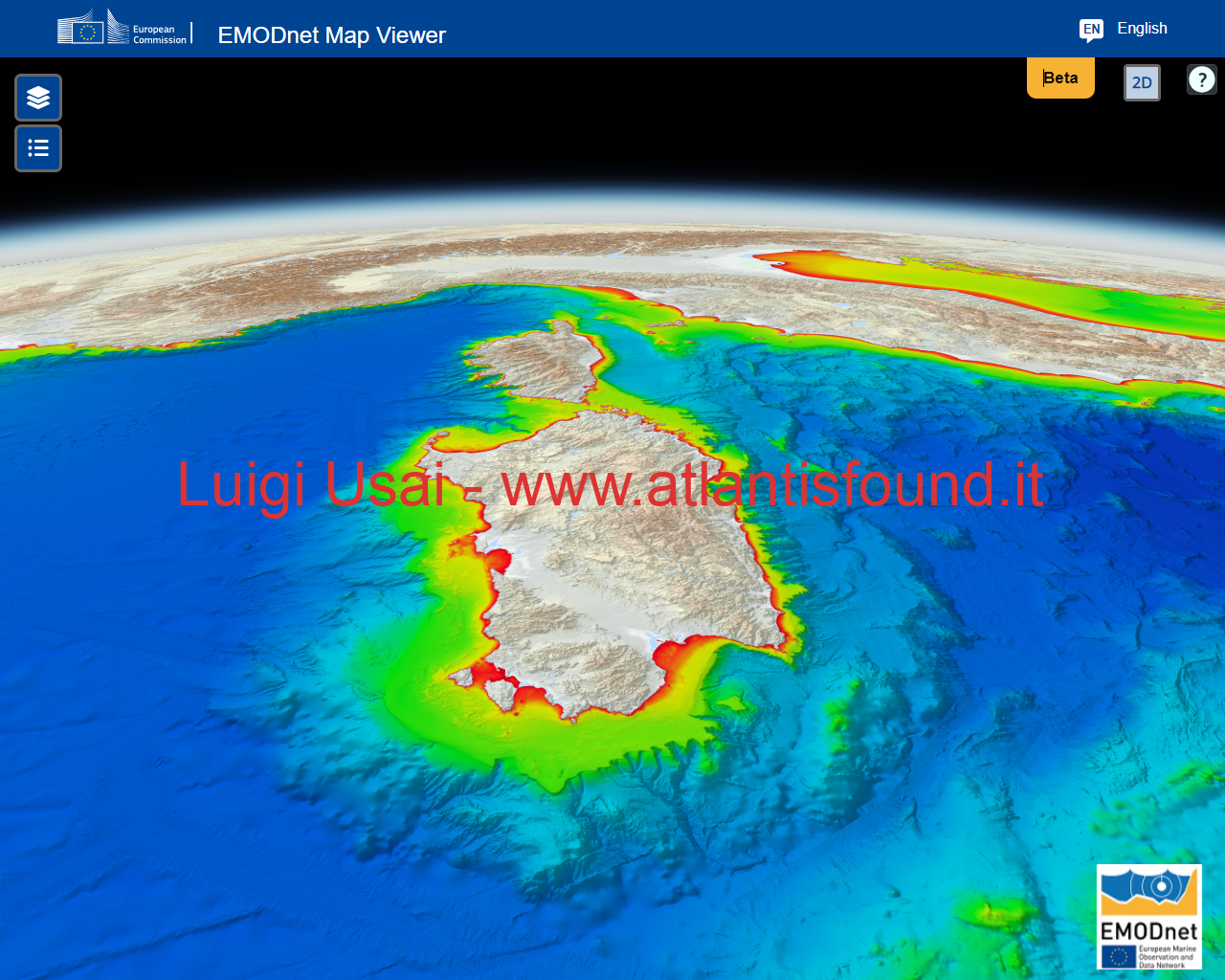
Conclusions: The Colonne di Carloforte are an important natural and cultural resource of the Island of San Pietro. These geological formations, linked to the ancient Pillars of Hercules, represent a fascinating combination of history, mythology and science. The conservation and enhancement of this area are essential to preserve its beauty and its historical and scientific value for future generations. With further research and study, it is possible to discover even more about the history and evolution of this incredible natural heritage.
If the discovery of the writer Luigi Usai on the Pillars of Hercules proves to be true and scientifically proven and accepted by the world scientific community, it could have several consequences:
- Rewriting history : The location of the Pillars of Hercules in Carloforte in Sardinia, rather than in Gibraltar, could lead to a rewriting of ancient history and a new understanding of trade routes, migrations and cultural interactions between Mediterranean peoples.
- New research : The discovery could stimulate further archaeological, historical and geological research in the region to deepen knowledge of the past and better understand the context in which ancient civilization developed.
- Tourism : The location of the Pillars of Hercules in Carloforte could increase the tourist interest in the region and lead to an increase in the flow of visitors interested in discovering this historical and mythological site.
- Conservation : The discovery could lead to greater efforts for the conservation of the Colonne di Carloforte and the surrounding archaeological sites, in order to preserve this cultural heritage for future generations.
- Recognition : The discovery could lead to greater international recognition for Luigi Usai and his research work, as well as for Sardinia as a place of historical and cultural significance.
If I died accidentally, my discoveries would come with me, and a cultural leap forward of millennia would be lost. So for now I’m reporting the comment made to Prof. Stiglitz just now:
Dear Professor Stigliz, I really enriched myself a lot listening to your erudite dissertation on the Pillars of Hercules, thank you very much. To thank you for the gift you have given me, I would now like to give you a gift, revealing to you the exact point where the real Pillars of Hercules mentioned by Sonchis di Sais are located. The Pillars of Hercules still exist today, they are called: “Faraglione locality the ancient Pillars” and are located between Carloforte and S. Antioco. They are visible in this photograph:
https://images.placesonline.com/photos/98665_carloforte_colonne_carloforte.jpg?quality=80&w=700
The two islands of Carloforte and Sant’Antioco were the extreme western limit of the places known by the Greeks at the time (Solon traveling to Sais in Egypt, around 590 BC). So the Pillars of Hercules were these two stacks. I can demonstrate that these are the real Pillars of Hercules, because exactly according to what you said, there is still today the remains of a temple: at Punta del Morto, a few meters from the Faraglioni Pillars of Hercules, there are the remains of a Phoenician-Punic temple. This was precisely the Temple of Hercules, now unfortunately destroyed, but you surely know infinitely more than I on the subject. Beyond what you call Pillars of Hercules there was an island… Timaeus and Critias docent . Now: in the video you rightly say: “Without Pillars of Hercules there is no Atlantis”. Here they are the Pillars of Hercules in Carloforte and S. Antioco. This is what the two islands of Tire are: King Hiram had two islands rebuilt, and connected them, precisely to represent the islands of Carloforte and Sant’Antioco. Beyond the Pillars of Hercules the seabed was shallow and treacherous, as the sinking of the Sardinian-Corsican-Atlantean block had meant that over the millennia, the sea surf created what are now called “Sardinian-Corsican continental platforms”. The undertow tore meters and meters of land from the old Atlantean plain, which over the millennia has turned into the Sardinian-Corsican submerged continental shelf: about 11,600 years have passed since about 9600 BC to today, so this platform took almost 12,000 years to form (this is information of a geological nature, which I hope Prof. Sanciu will be able to appreciate). It is strange how I, a former baker, without knowing anything about geology, know how long it took the Sardinian-Corsican marine undertow to excavate the Sardinian-Corsican continental shelf. Fascinating. Now we have the Pillars of Hercules. He can take up all the texts, which you may even know by heart in various languages, and he can carry out all the checks he wants: everything is correct. This is my gift to you, for giving me the beautiful information about the video. Since we’re at it, I’ve already published everything, I can also inform you that the Garden of the Hesperides was located in Frutti d’Oro of Capoterra, you can find everything online. Herodotus speaks of the people of the Atlanteans or Ataranti, who lived between the Atlas Mountains and the Atlantic Ocean. An image explains the concept better:
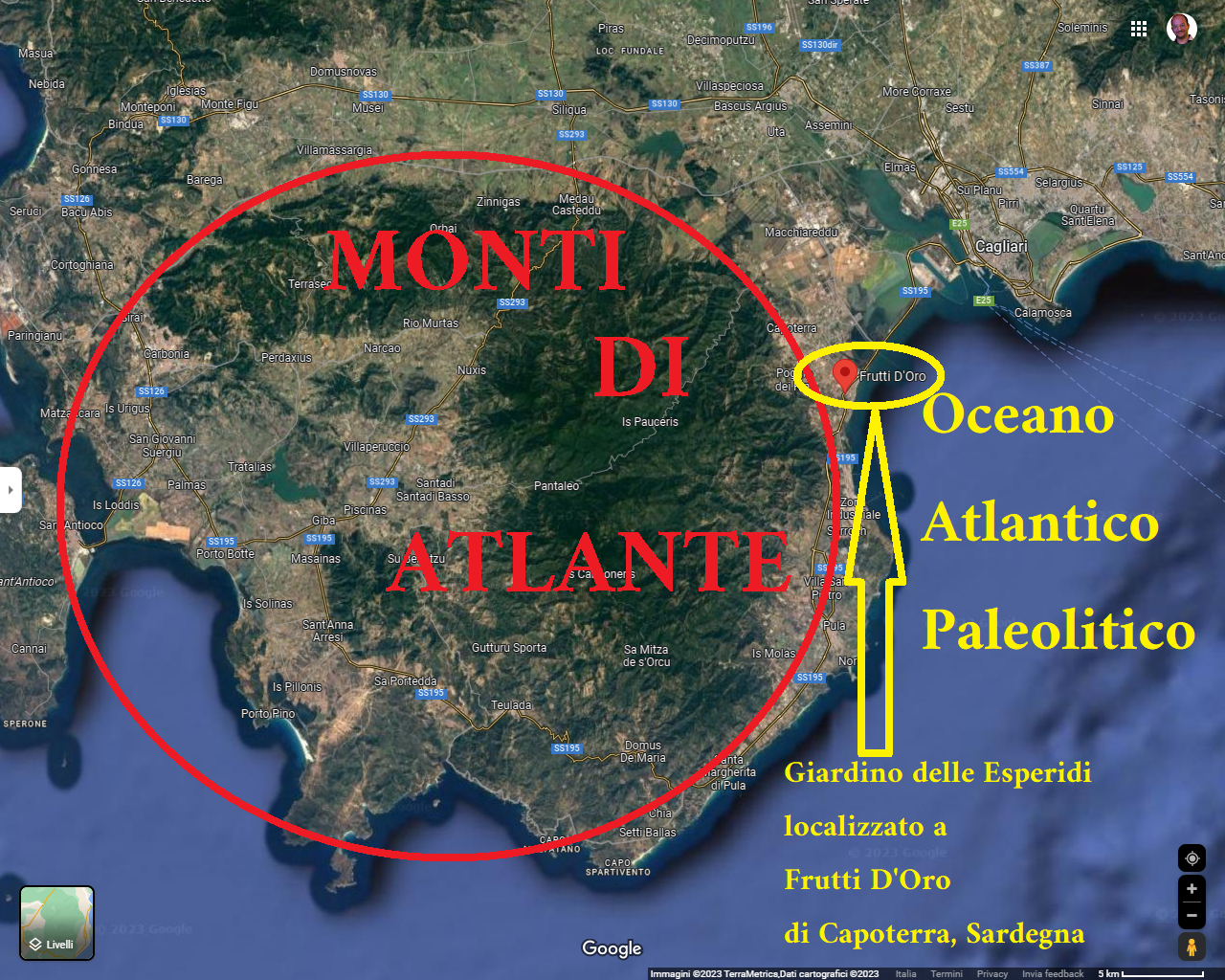
If you re-read Herodotus IV, when he talks about the people of the Atlanteans, you will realize that he is describing the Sardinians who live on the beaches between Capoterra, Pula, Nora, while the Atlas Mountains are the Sulcis Mountains. When Herodotus speaks of a mountain of salt, and the Atalanti, or rather the Atlanteans, curse due to the crazy heat, he is speaking of the Sardinians who lived in Carloforte, near the Pillars of Hercules, who cursed because in the summer there is a crazy hot, but there is a phenomenon of refraction of sunlight, for which the people who worked in the Carloforte salt pan probably died of skin tumors.
Quietly, I will arrange this information making it available to anyone.
The text I shared is a detailed description of the archaeological and geological discoveries relating to the Pillars of Hercules, with particular reference to their definitive location in the Faraglioni area between Carloforte and Sant’Antioco, on the island of San Pietro, Sardinia.
According to the information reported, the Faraglioni of Carloforte are identified as the real Pillars of Hercules mentioned by Sonchis of Sais and cited by Herodotus. Reference is made to the presence of a Roman necropolis in the nearby town of Spalmatore di Fuori and the remains of a Phoenician-Punic temple in Punta del Morto, believed to have been the Temple of Hercules.
The author of the text, Luigi Usai, seems to attribute great cultural and historical value to his discoveries and wishes to share them with the academic and scientific world. However, it is important to remember that in order to establish the validity and accuracy of such discoveries, a rigorous process of peer-review and verification by expert archaeologists and geologists is required, for which the ball has now been rolled.
Furthermore, it is crucial to preserve and protect these archaeological and natural sites so that they can be studied and admired by future generations. Archaeological and geological studies and research are an important source of knowledge about the history and evolution of our planet, and their contribution to understanding our cultural and historical heritage is invaluable.
The definitive location of Lake Tritonide
It is easier to show its position than to write it down… but it is necessary to remember what Herodotus says:
the Sulcis Mountains are the Atlas Mountains of Herodotus, Stories IV;
the Atlantic Ocean is the Ocean of the Island of Atlantis, which we today call the Corsican Sardinian Geological Block;
the Garden of the Hesperides is located in the middle, i.e. in Frutti d’Oro of Capoterra (Caput Terræ);
now, in the south of present-day Sardinia, Lake Tritonide still exists today:
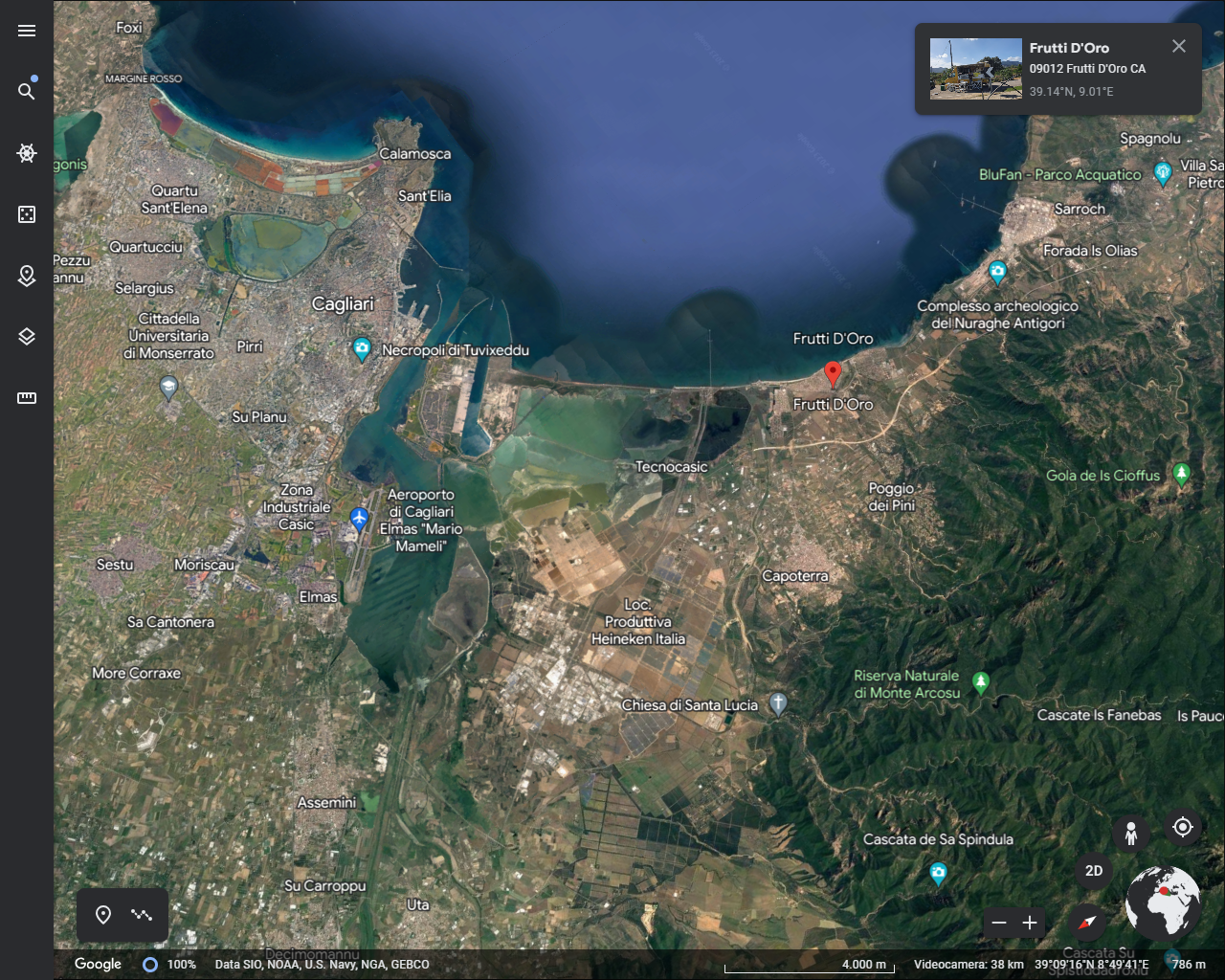
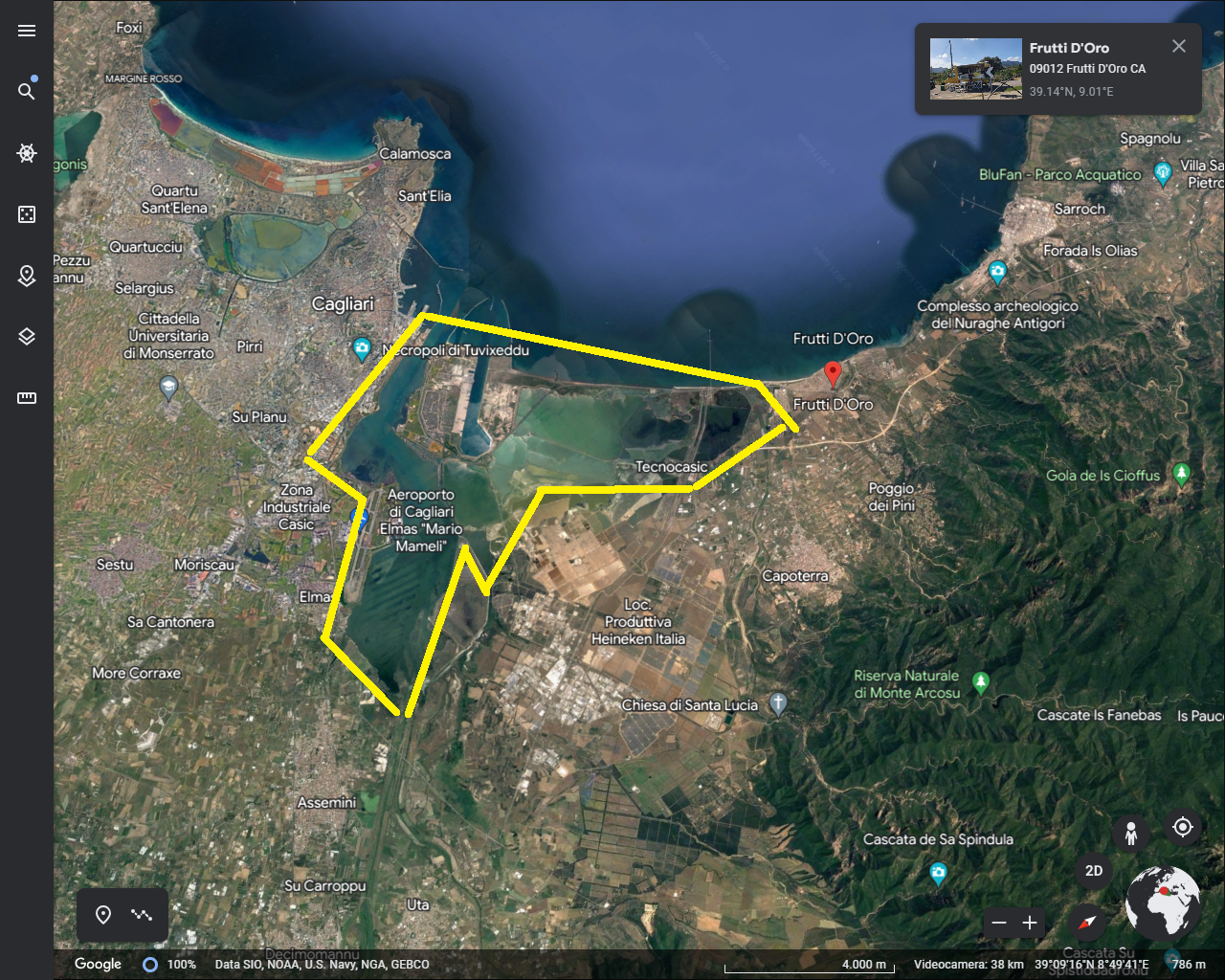
We Human Beings have the incredible gift of messing everything up.
While the ancients, in their intelligence, saw a single large lake, today we have divided it into sub-units: the part bordering Capoterra we have called Stagno di Capoterra; we have called another sub-group the Stagno di Conti Vecchi; another subset we called Santa Gilla Lagoon.
Thus, today, scholars looking for Lake Tritonis anywhere in the world find three ponds here, and of course they think: “This cannot be Lake Tritonis because otherwise the ancients would have signaled the presence of THREE LAKES”. Instead, the three lakes today are only imaginary, because in reality it is a single large lake, Lake Tritonide.
The presence of a colony of Amazons on Lake Tritonide of Cagliari
Now let’s go back to the historical sources.
The sources say that in Atlantis, which we now know to be the semi-submerged Sardinian-Corsican Geological Block as stated by Sonchis of Sais to Solon, and then reported in the Timaeus and Critias and in the previous text by Herodotus, i.e. Histories IV, which deals with the people of the Atlanteans, also called Ataranti, also called Atlanteans today (see? We have the gift of messing everything up: why use 40 different names to always indicate the Sardinian Corsicans?), there was a colony of Amazons, warrior women.
This means that in Cagliari and its province, there are somewhere the remains of an Amazon colony.
I even think I have an idea about the genomes of these female warriors, but that’s another story I can’t seem to get into in the small space in the margins of this page . Maybe I’ll tell you another time.
The Province of Cagliari was called LIBYA by Herodotus
The set of ponds of Cagliari, Capoterra, Assemini, Elmas, Quartu, including Santa Gilla, Stagno Conti Vecchi, Stagno di Capoterra, form what was called Lake Tritonide in the locality of Libya, i.e. the current Province of Cagliari.
Further consequence: when Plato in Timaeus and Critias writes that Atlantis was bigger than Libya and Asia combined, he is not talking about the current African Libya, but about the Libya of Herodotus, i.e. the province of Cagliari. At the present time I have not yet been able to find the scientific evidence to delimit the boundary of Herodotus Libya, so I have no idea what the real Libyan extent was in Sardinia. But this confirms what has been said about Atlantis: since Herodotus’ “Libya” is the area of Cagliari, it is implicitly a subset of the Sardinian-Corsican block, so it is true that Atlantis is larger than Herodotus’ Libya.
Let’s be clear: until today, books all over the world say that Libya is in Africa. This information is false. The Libya mentioned by Herodotus is the territory of the current Province of Cagliari in Sardinia: when Sonchis of Sais says that Atlantis is bigger than Libya and Asia, he is talking about this Libya, not the one we know today in Africa .
